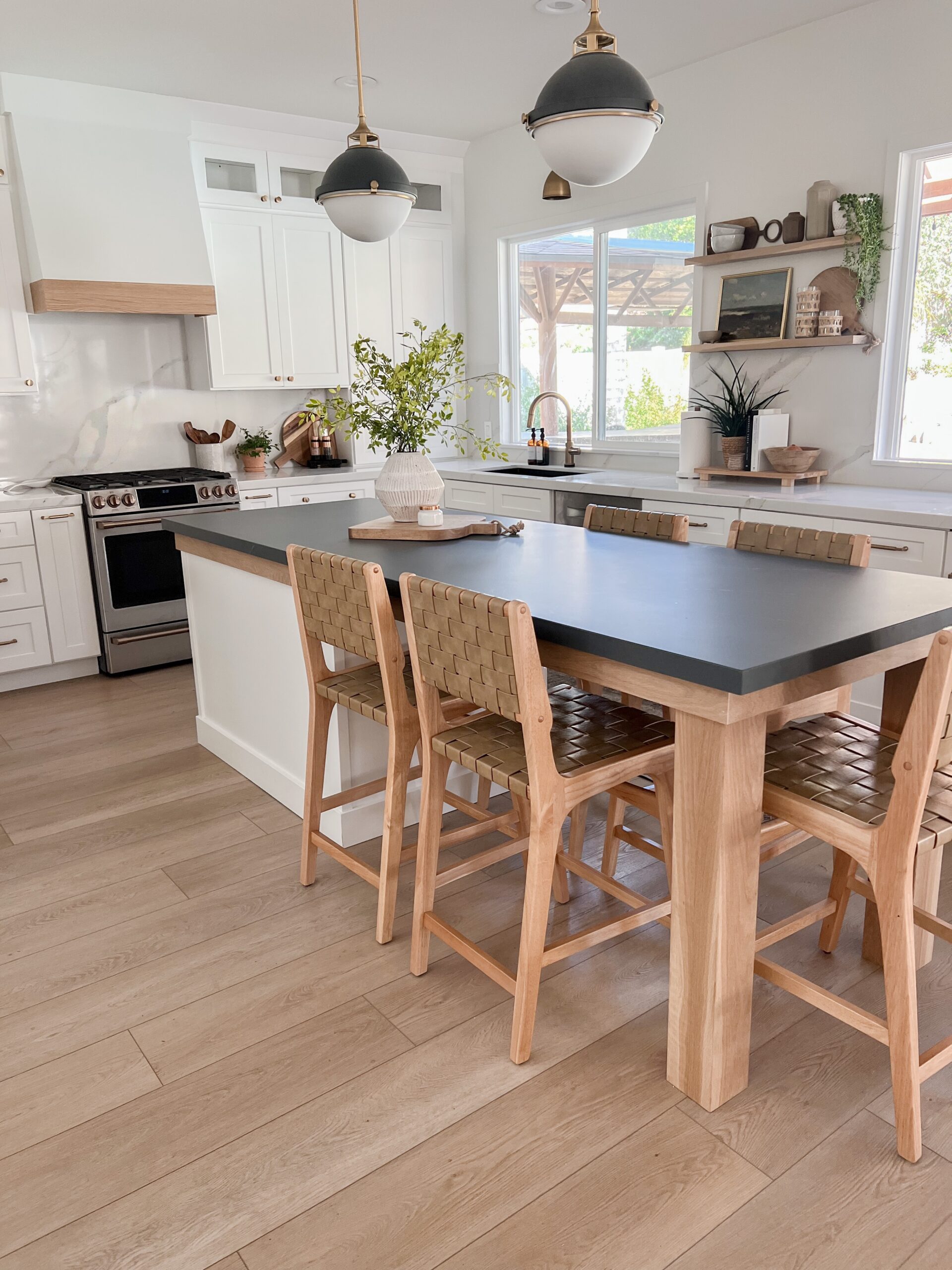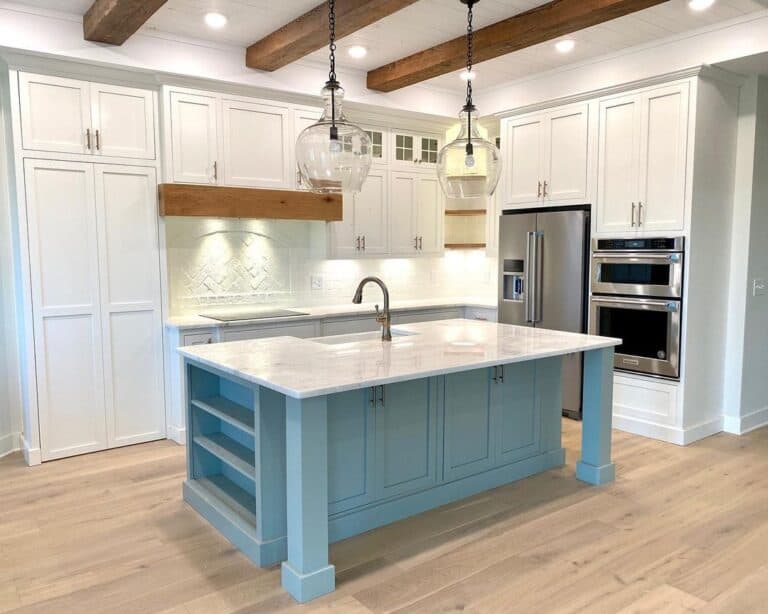Enhance Capability and Style Making Use Of High Quality Legs For Kitchen Island
Enhance Capability and Style Making Use Of High Quality Legs For Kitchen Island
Blog Article
Important Elements to Consider When Picking Legs For Kitchen Area Island
Picking the appropriate legs for a kitchen area island includes a cautious analysis of several aspects that can significantly influence both performance and aesthetic appeal. Among these, the selection of material plays a critical role in making sure durability, while the style must complement the existing style. Considerations such as elevation and weight assistance are vital for stability and comfort. As we explore these aspects, it ends up being clear that each decision can have far-reaching effects for the general kitchen experience. What nuances should be thought about in each of these categories to attain the perfect equilibrium?
Material Options
When choosing legs for a kitchen island, recognizing the numerous material alternatives is necessary for accomplishing both visual charm and architectural stability (Legs For Kitchen Island). The selection of material substantially influences not only the longevity of the island however likewise its overall design and performance
Wood is a prominent option, offering warmth and convenience. Solid hardwoods, such as oak or maple, offer toughness and can be discolored or painted to match the kitchen area decoration. Metal legs, usually made from stainless steel or functioned iron, add a industrial and modern feeling while ensuring durability and stability. These products are resistant to wear and can support considerable weight, making them optimal for larger islands.
An additional alternative is crafted materials, like MDF or plywood, which can be extra affordable while still supplying a variety of surfaces. Nevertheless, they may not offer the very same level of stability as strong timber or steel. Materials such as acrylic or glass can create a contemporary appearance, though they may need additional assistance to guarantee stability.
Inevitably, the option of material for cooking area island legs need to line up with the preferred capability and the overall motif of the cooking area.
Design and Layout

When thinking about design, the form and surface of the legs are critical. Tapered legs can give a sense of lightness and elegance, while thicker, extra robust legs can convey toughness and security. Additionally, the finish-- be it painted, discolored, or all-natural-- ought to complement the cabinetry and countertop materials to create a unified look.
Moreover, the design of the legs can additionally mirror individual taste. Custom-made or attractive legs, such as those featuring elaborate makings or unique geometric forms, can function as centerpieces, including personality and individuality to the kitchen. Ultimately, the ideal selection will not only enhance functionality but additionally boost the visual appeal, making the kitchen island a standout attribute of the home.
Height Factors To Consider
Choosing the suitable height for kitchen island legs is crucial, as it straight influences both capability and convenience. The common height for a kitchen area island commonly ranges from 36 to 42 inches, aligning with typical counter top elevations. A 36-inch elevation is suitable for cooking and food preparation, allowing for comfy use of kitchen home appliances and tools. Conversely, an elevation of 42 inches is frequently chosen for islands planned for bar seats, accommodating taller feceses and offering a casual dining experience.

It is likewise important to represent users' choices and heights. Personalizing the elevation can guarantee a comfortable experience for all household read review members, making the kitchen island an extra enjoyable and practical room.
Weight Support
Guaranteeing sufficient weight assistance for kitchen island legs is important for both security and functionality. The kitchen area island usually offers multiple objectives, including food prep work, dining, and extra storage space, necessitating a robust assistance framework. go to my site When choosing legs, it is important to consider the total weight capability required based on the island's planned usage and the products that will certainly be positioned on it.
The selection of product for the legs plays a substantial role in their weight-bearing abilities. Strong wood, metal, and sturdy compounds typically supply superior strength compared to lighter materials. Furthermore, the style of the legs-- whether they are right, tapered, or have a pedestal form-- can influence their ability to distribute weight successfully across the framework.
Always consult the maker's specifications relating to load restrictions to make sure that the legs can maintain the intended weight without compromising safety and security. In summary, picking kitchen island legs with adequate weight support is crucial for creating a risk-free and useful cooking room.
Installation and Maintenance
Appropriate setup and upkeep of cooking area island legs are vital for making certain long life and security. To start, it is vital to comply with the maker's standards during setup. This usually involves protecting the legs to the island base utilizing proper fasteners, ensuring that the legs are level and aligned. Making use of a level device can assist prevent tottering and boost the overall aesthetic allure of the cooking area island.
When installed, routine maintenance is needed to protect the honesty and look of the legs - Legs For Kitchen Island. For wood legs, regular cleansing with a wet cloth and application of appropriate wood polish can prevent moisture damages and maintain their surface. Metal legs may need a mild cleaning solution to eliminate oil and gunk, followed by a completely dry towel to stop corrosion formation
Furthermore, examine the legs on a regular basis for signs of wear or damage, such as cracks or loose joints. Tightening screws or screws as needed can also extend the life expectancy of the legs. By sticking to these installation and maintenance practices, property owners can guarantee that their kitchen area island stays strong and aesthetically appealing for years ahead.
Verdict

Visual coherence is extremely important in choosing the style check these guys out and layout of legs for a cooking area island, as these elements substantially affect the general atmosphere of the room. Tapered legs can provide a feeling of lightness and style, while thicker, much more durable legs can communicate strength and security.Choosing the suitable elevation for kitchen area island legs is important, as it straight influences both performance and convenience. In summary, picking cooking area island legs with sufficient weight assistance is necessary for creating a functional and safe culinary room.
In conclusion, choosing legs for a cooking area island requires cautious consideration of numerous variables, consisting of product options, style, height, weight assistance, and setup.
Report this page